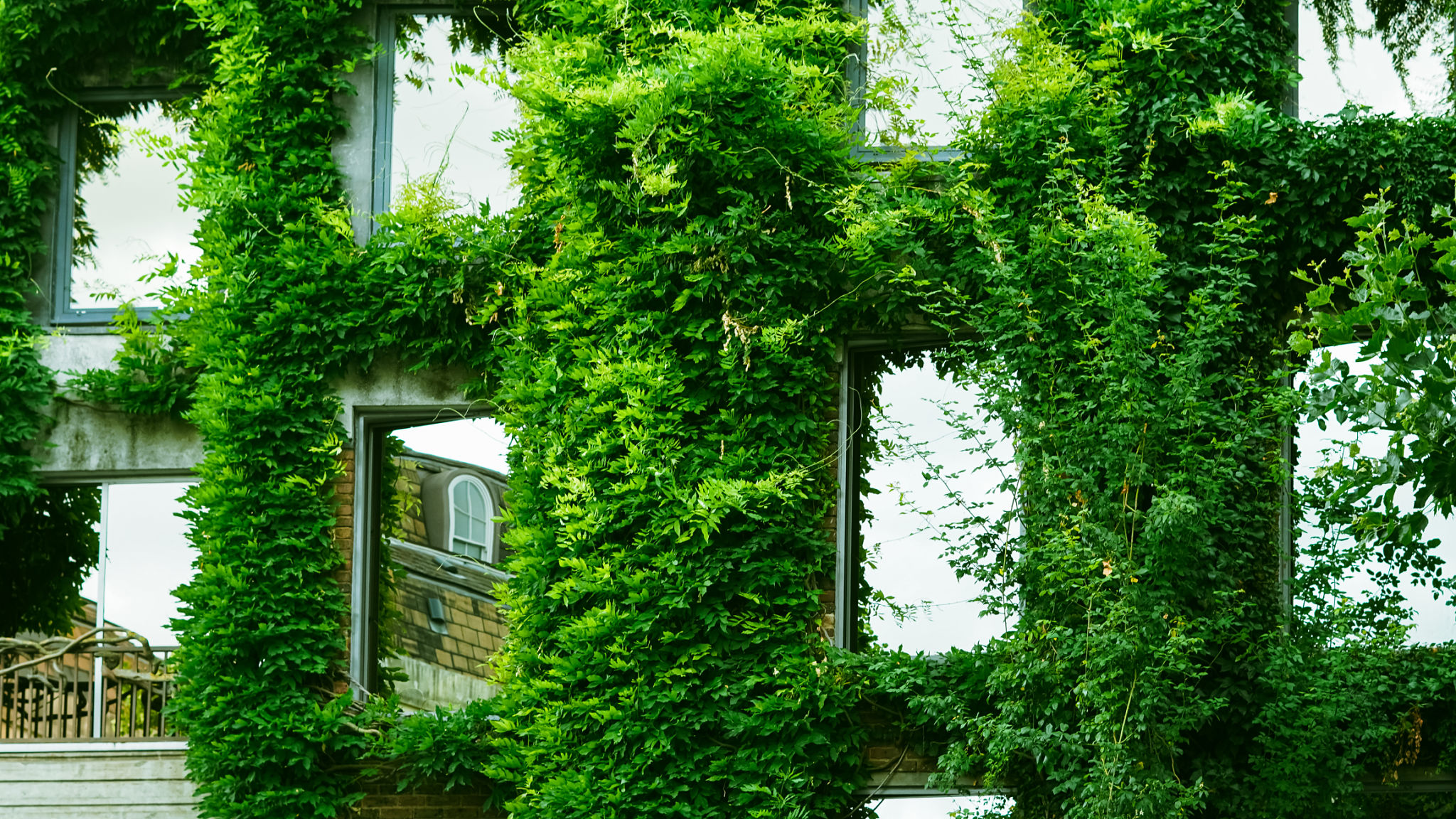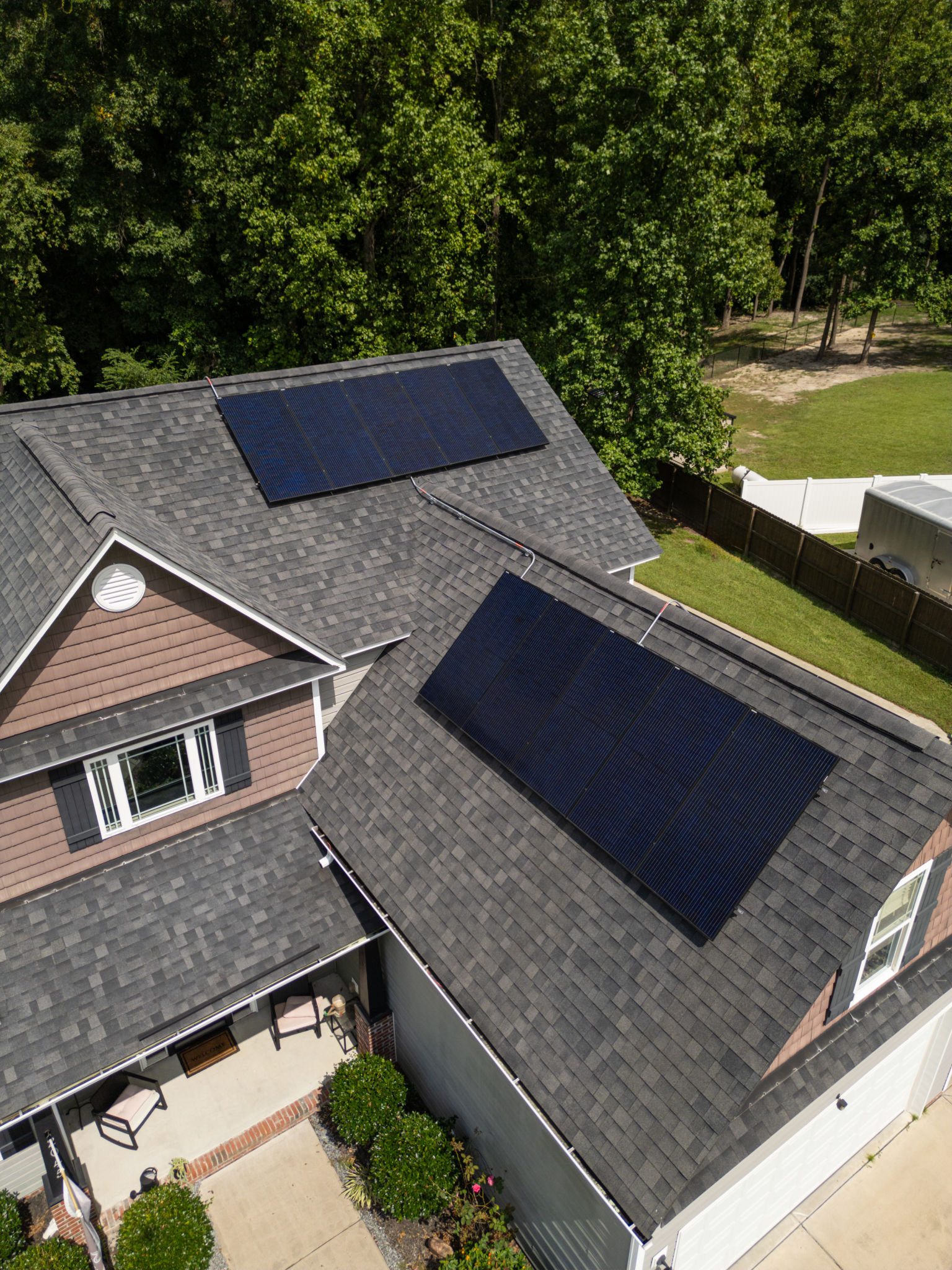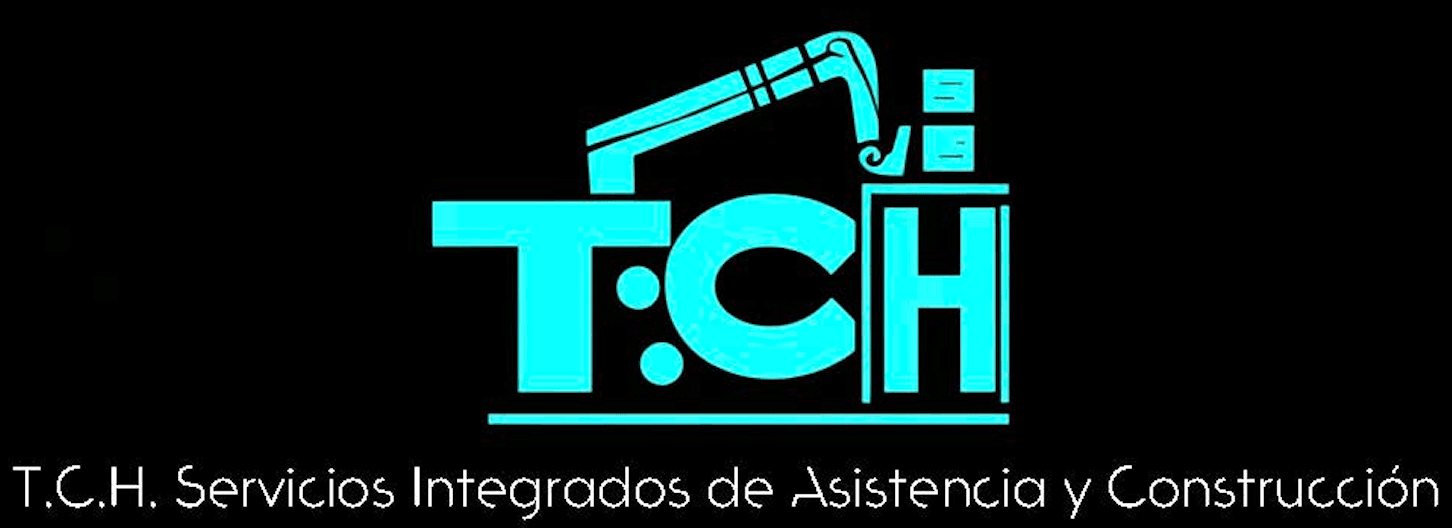Innovations in Sustainable Construction: Trends in Mexico City
Introduction to Sustainable Construction in Mexico City
Mexico City, a bustling metropolis known for its vibrant culture and rich history, is also emerging as a leader in sustainable construction. As the city grapples with the challenges of rapid urbanization, innovative building practices are becoming crucial. These innovations not only aim to reduce environmental impact but also enhance the quality of life for residents.
In recent years, sustainable construction has gained significant momentum in Mexico City. This trend is driven by government policies, increased awareness among developers, and the growing demand for eco-friendly living spaces. Let's explore some of the key innovations shaping the landscape of sustainable construction in this dynamic city.

Green Building Materials and Techniques
One of the most notable trends in sustainable construction is the use of green building materials. In Mexico City, developers are increasingly opting for materials that minimize environmental impact. For instance, recycled steel and concrete are becoming popular choices due to their durability and reduced carbon footprint.
Furthermore, builders are adopting innovative techniques such as modular construction, which allows for faster assembly with less waste. This approach not only speeds up the construction process but also significantly reduces energy consumption during building.

Biophilic Design Elements
Biophilic design, which integrates natural elements into built environments, is transforming the way buildings are designed in Mexico City. By incorporating features such as vertical gardens and green roofs, architects are creating spaces that promote well-being and connect residents with nature.
These design elements are not only aesthetically pleasing but also offer practical benefits. For example, green roofs help improve air quality, reduce urban heat, and provide insulation, leading to energy savings.

Energy Efficiency and Renewable Energy Integration
Energy efficiency is a cornerstone of sustainable construction in Mexico City. New buildings are being designed with energy-saving features like LED lighting, smart thermostats, and high-performance windows. These innovations contribute to reducing energy consumption and lowering utility bills for residents.
Moreover, the integration of renewable energy sources is becoming more prevalent. Solar panels are increasingly being installed on rooftops, harnessing Mexico City's abundant sunshine to generate clean energy.

Water Conservation Practices
Water scarcity is a pressing issue in Mexico City, making water conservation a top priority in sustainable construction. Innovative systems such as rainwater harvesting and greywater recycling are being implemented to reduce water usage in new developments.
These systems capture and reuse water for non-potable purposes like irrigation and flushing toilets, thereby conserving precious water resources and reducing the strain on municipal water supplies.
Conclusion: The Future of Sustainable Construction
The innovations in sustainable construction in Mexico City are setting a precedent for other urban areas around the world. As these trends continue to evolve, they promise to create a more sustainable and resilient city for future generations.
With ongoing advancements in technology and a continued commitment from stakeholders, Mexico City is well-positioned to lead the way in sustainable urban development. These efforts will not only benefit the environment but also enhance the overall quality of life for its residents.
